Premium Only Content
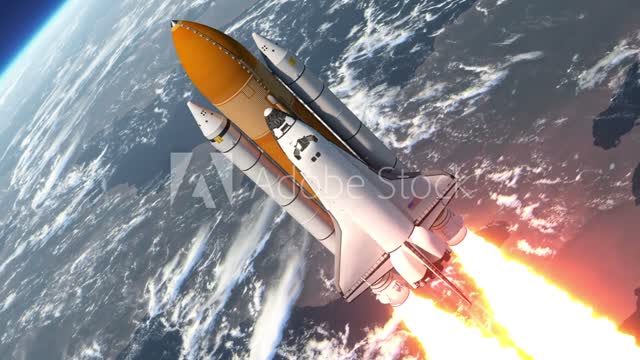
NASA sounding rockets blasting off to assess Alpha Centauri habitability
By Keith Cooper published 3 days ago
The launches from an Australian commercial launch facility are observing the sun's nearest stars in ultraviolet light.
The stars of Alpha Centauri. On the left is Alpha Centauri A, which is a sun-like G-type star. On the right is Alpha Centauri B, which is a slightly cooler K-type star. (Image credit: ESA/NASA)
Two sounding rockets are launching from Australia this month, carrying experiments designed to measure whether the ultraviolet light coming from the stars of the Alpha Centauri system could be harmful to any potential life on planets orbiting them. The research will also teach us about how normal — or not — the sun is.
Alpha Centauri, just 4.3 light-years away, comprises two main stars, Alpha Centauri A and Alpha Centauri B (which form a binary pair), as well as a third star, Proxima Centauri. Although no planets have been positively identified orbiting either Alpha Centauri A or B, if any do exist, ultraviolet light from their stars may have a strong bearing on whether they host life.
Just the right amount of ultraviolet light can break up simple organic molecules, such as methane, prompting the molecular fragments to reform as more complex molecules necessary for life. On the other hand, too much ultraviolet can disassociate water vapor, making it subject to being stripped from a planet's atmosphere by the solar wind and leaving the planet dry and barren, like Mars is today.
Related: NASA to launch 3 sounding rockets from Northern Territory in boost for Australian space efforts
Understanding ultraviolet radiation is extremely important to understand what makes a planet habitable," Brian Fleming, an astrophysicist at the University of Colorado, Boulder, said in a statement
(opens in new tab)
. Fleming is the principal investigator for one of the missions, the Dual-channel Extreme Ultraviolet Continuum Experiment (DEUCE). The other experiment launched on a sounding rocket is called the Suborbital Imaging Spectrograph for Transition region Irradiance from Nearby Exoplanet host stars (SISTINE). Sounding rockets fly on a parabolic trajectory, spending perhaps 20 minutes in space before reentering the atmosphere, meaning each experiment will get only a short time to make observations.
SISTINE launched first, on Wednesday (July 6), from the Arnhem Space Centre in Australia's Northern Territory. It was the second-ever launch from the privately owned commercial space center following June's launch of NASA's X-ray Quantum Calorimeter. If all goes well, DEUCE will blast off on July 12. Each mission will ride a suborbital path on NASA's two-stage Black Brant IX-sounding rocket.
The missions must launch from the Southern Hemisphere because the Alpha Centauri system is not visible above a latitude of 29 degrees north, and just skirts the horizon from Florida, whereas it is high in the sky as seen from Australia. SISTINE gathers data at longer far-ultraviolet wavelengths while DEUCE complements it by looking at shorter extreme-ultraviolet wavelengths, with some overlap between the two experiments so that the data can be calibrated and used as one data set.
About Us https://bit.ly/3GUPFOa +919942258153 kvk.subadhra@gmail.com
Thank You Very Much for Sharing YourValuable Thoughts
-
 0:54
0:54
Number1Crypto
3 years agoBTC to Alpha Centauri!
39 -
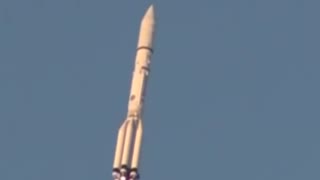 3:07
3:07
Op Freedom
3 years agoNASA ROCKETS CGI
5646 -
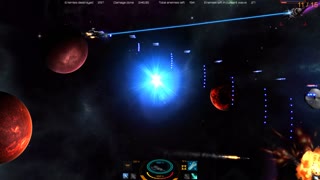 26:30
26:30
dellyfry's Gaming Playthroughs
3 years agoDuke of Alpha Centauri, Just for Fun, Pt. 2
4 -
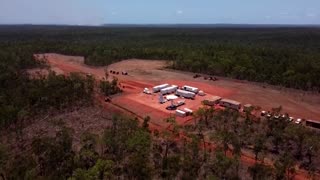 1:22
1:22
Reuters
3 years agoNASA to launch rockets from Australia's north
2531 -
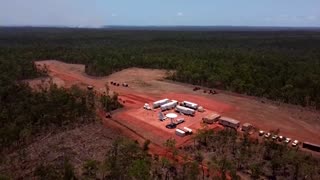 1:00
1:00
Reuters
3 years agoNASA to launch rockets from Australia's north
1811 -
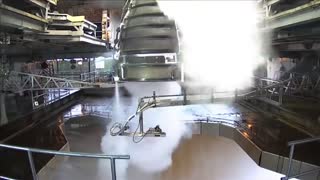 2:15
2:15
LIFEANDTYMES
3 years agoHigh Powered Nasa Rockets And How They Get Their Wings
9 -
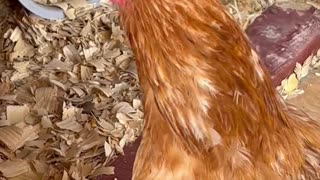 0:19
0:19
The Fluffy Butt Hut - Tales from the Coop
3 years agoLinda sounding off
18 -
 1:11:53
1:11:53
vivafrei
8 hours agoThe Great Replacement of American Truckers With Unskilled Foreign Labor - Live with Gord Magill
67.4K41 -
 LIVE
LIVE
Sarah Westall
1 hour agoEU Falling, United States Barely Hanging on - Strength and Courage Needed to Fight for Free Speech
232 watching -
 LIVE
LIVE
LFA TV
10 hours agoLFA TV ALL DAY STREAM - TUESDAY 8/19/25
1,418 watching